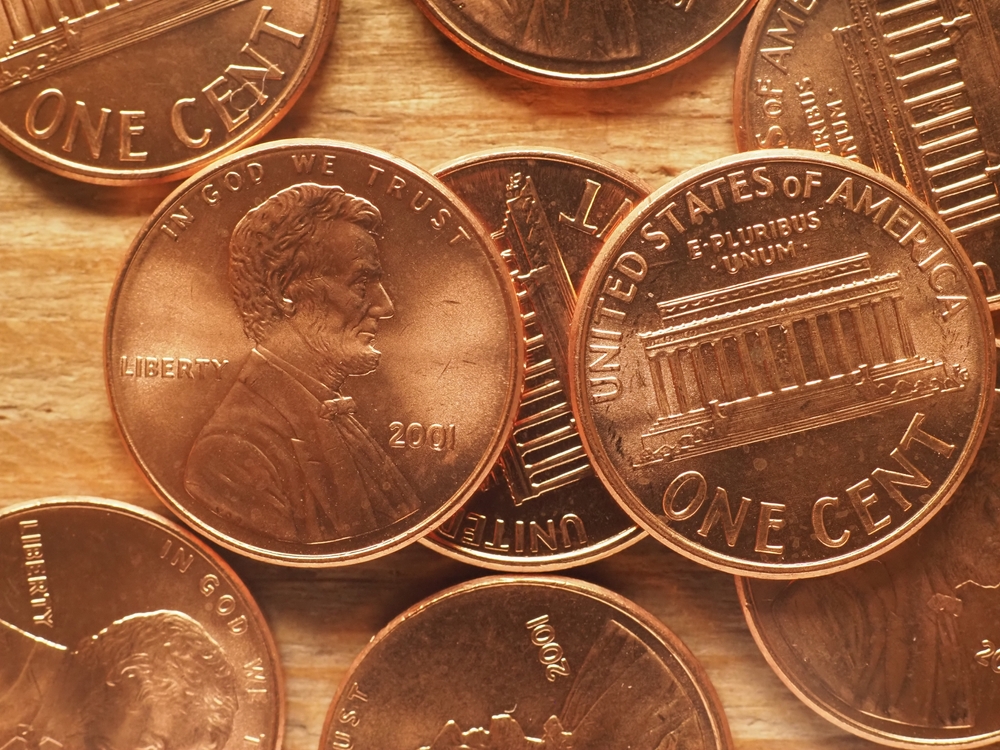Ah, the penny—a coin so iconic that it’s become part of our everyday lingo. But let’s face it: when was the last time you actually used one? With production costs soaring and digital payments on the rise, the humble penny might soon become a relic of the past. Let’s dive into why the penny’s days could be numbered and what that means for your wallet.
A Costly Coin
Producing a penny isn’t as cheap as you’d think. According to the U.S. Mint, each one-cent coin costs about 3.69 cents to make. That adds up to nearly $120 million annually just to keep pennies in circulation. Given that more than 40% of American adults don’t use cash in a typical week, it’s worth questioning if these coins are more of a burden than a benefit.
Lessons from Our Neighbors
Canada bid farewell to its penny back in 2012, and the transition was smoother than a freshly Zamboni’d ice rink. Prices were rounded to the nearest nickel for cash transactions, and life went on without a hitch. Other countries like Australia and New Zealand have also nixed their smallest denominations without causing economic turmoil.
What Would Ditching the Penny Look Like?
If the U.S. decides to retire the penny, here’s what you can expect:
- Rounding at the Register: Cash transactions would be rounded to the nearest five cents. So, a total of $10.02 would round down to $10, while $10.03 would round up to $10.05. Electronic payments? They’d still be charged to the exact cent.
- A Gradual Goodbye: With approximately 240 billion pennies in circulation, phasing them out would take time. Pennies would still be accepted indefinitely, but they’d slowly disappear as they’re returned to banks and not replaced.
The Nickel Conundrum
Before we pop the champagne to celebrate penny savings, there’s a catch: nickels are even more expensive to produce, costing about 13.8 cents each. Eliminating pennies could increase demand for nickels, potentially leading to higher costs unless the composition of the nickel is adjusted.
The Zinc Lobby and Sentimental Value
Not everyone is on board with saying sayonara to the penny. Groups like Americans for Common Cents argue that charities relying on penny drives could suffer, and jobs linked to penny production might be at risk. Plus, there’s the sentimental factor—who hasn’t heard the phrase “a penny for your thoughts”?
The Bottom Line
While the penny has been a staple of American currency since 1787, its practicality in today’s economy is questionable. Phasing out the penny could save taxpayers millions annually and streamline transactions. However, it’s a decision that weighs financial sense against tradition and nostalgia.
So, what do you think? Is it time to bid farewell to the penny, or does this tiny coin still hold a big place in your heart?


